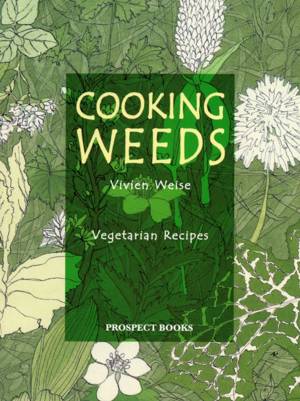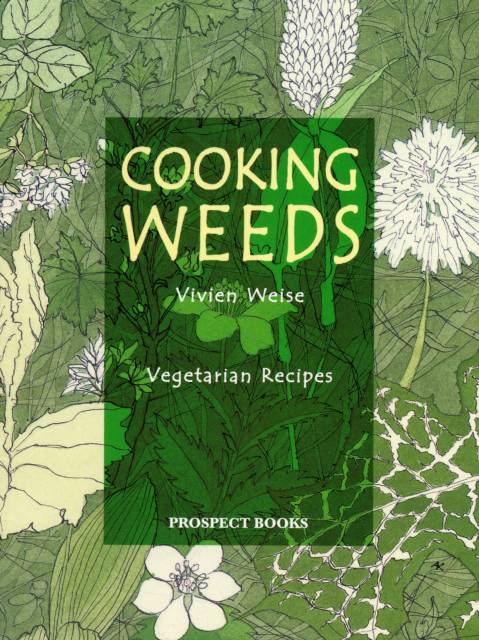
- Afhalen na 1 uur in een winkel met voorraad
- Gratis thuislevering in België vanaf € 30
- Ruim aanbod met 7 miljoen producten
- Afhalen na 1 uur in een winkel met voorraad
- Gratis thuislevering in België vanaf € 30
- Ruim aanbod met 7 miljoen producten
Zoeken
Omschrijving
The weeds of the field and garden have two big advantages in the kitchen: firstly, they are free to anyone; secondly, they contain any amount of dietary goodness, often not so readily available from the anaemic products of the hothouse and intensive farm. And what is really needed is a set of recipes to turn them into everybody's favourite supper, and this is something the author amply provides. With plenty of clear illustrations of the plants in question - ensuring that every reader will be able to identify the quarry when out gathering - she has created a series of vegetarian dishes (all the recipes are meat-free) with a defiantly modern slant: comfrey hamburgers, daisy ginger soup, dandelion salad with a banana yoghurt sauce, dead nettle aubergine spread, ground elder layered pancakes, and many more. The great charm of this book is that you can go into the vegetable plot with two baskets: one for dinner and one for the compost heap. While gathering your supper, you weed the garden. In the popular weed-cookery courses that the author gives at her home in Germany, she demonstrates the culinary value of upwards of a hundred different plants common to the climatic regions of temperate/maritime climates. The culinary value of weeds have always been much appreciated in Mediterranean kitchens where wild-plant salads are commonplace. Weeds have also been exploited elsewhere; stinging nettles, for instance, were usually the first edible plant to appear in the springtime in northern climates. These are now sold in mainstream food chains as a seasonal item along with wild garlic and fiddleheads. Of course, their centrality to indigenous foodways worldwide is testament to their essential contribution to human nutrition as weeds have high vitamin, mineral and protein content, especially in comparison with cultivated vegetables. For example, the dandelion has 3.3% protein per 100g (the lettuce 0.9%); ground elder has 684mg of vitamin A per 100g (broccoli 370mg); Good King Henry 3.5mg of iron per 100g (swiss chard 2.2mg).
Specificaties
Betrokkenen
- Auteur(s):
- Uitgeverij:
Inhoud
- Aantal bladzijden:
- 128
- Taal:
- Engels
Eigenschappen
- Productcode (EAN):
- 9781903018309
- Verschijningsdatum:
- 1/06/2009
- Uitvoering:
- Paperback
- Formaat:
- Trade paperback (VS)
- Afmetingen:
- 144 mm x 186 mm
- Gewicht:
- 190 g

Alleen bij Standaard Boekhandel
+ 38 punten op je klantenkaart van Standaard Boekhandel
Beoordelingen
We publiceren alleen reviews die voldoen aan de voorwaarden voor reviews. Bekijk onze voorwaarden voor reviews.











